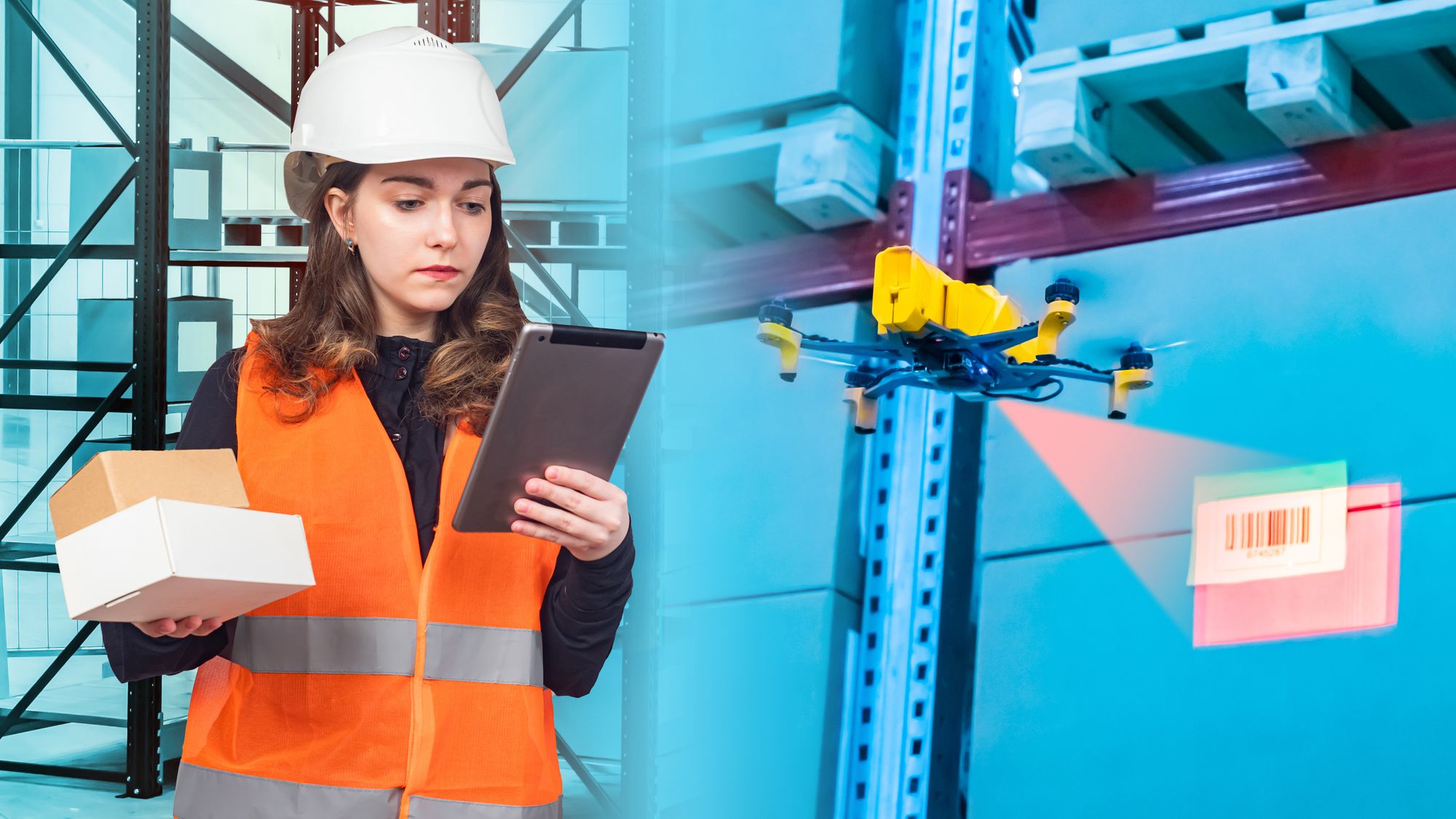What is robotic process automation?
Robotic process automation (RPA) is a technology that uses software robots to automate manual and repetitive tasks. These robots are not physical machines like you might be thinking, but software programs that can imitate how a human operates a computer.
Imagine you work for a company where your job is to copy information from one system and paste it in another. This kind of job could easily be done by a software robot using RPA, allowing you to focus on more important tasks.
The purpose of RPA is to increase efficiency and productivity in the workplace by automating time-consuming, repetitive tasks that are prone to human error, and to reduce the need for human intervention in interfaces. This technology can be used in a variety of industries, from finance to health to manufacturing. Tasks performed using this technology are often less important for strategic and operational planning, meaning humans can devote less attention to them.

Advantages
- RPA can help companies save time and money by automating repetitive and manual tasks. By taking on these tasks, RPA can also reduce the risk of errors and improve accuracy.
- RPA can improve employee satisfaction by allowing employees to focus on more interesting tasks that add more value.
- Robotic technologies automatically record data and analyses in real time, preventing information loss.
- RPA can easily be increased or decreased based on the company’s needs.
Disadvantages
- RPA requires a significant upstream investment in technology and resources for implementation and maintenance. In addition, certain tasks can be too complex or require too much human judgment to be effectively automated through RPA, since the software may not understand errors in the data.
- Although RPA can detect human error, it may not be able to detect errors that are obvious to humans.
- Although RPA can help companies save time on simple, repetitive daily tasks, the installation, maintenance and costs can be prohibitive.
- RPA can change employees’ daily activities by automating the most repetitive tasks, freeing them up for tasks that add more value. Companies must plan to have a higher-value-added workforce.
Observations
As we have noted, RPA is a significant innovation that helps companies accomplish repetitive tasks with low importance. However, it is important that users of this kind of technology do not rely solely on these robots, because although they can detect human errors, they can still make errors of their own or fail to notice errors. Therefore, it is important for users to check the work the robots perform. Caution is required.

Future outlook for robotic process automation
The market for RPA should continue to grow in coming years, and specialists are forecasting that it will be valued at $12 million by the end of 2023. As RPA technology advances, it may be able to handle more complex tasks and integrate more easily with other technologies such as artificial intelligence and machine learning.
Courses and events
- CSPS Data Demo Week: Using Automation to Find and Manage Information (DDN3-V06)
- Ethical Considerations of Autonomous Intelligence Systems (DDN1-E02)
- Responsible use of automated decision systems in the federal government
Other resources
- SpringerLink | Robotic Process Automation
- YouTube | [C027] Qu’est-ce que Robotic Process Automation (RPA)? (in French only)
- RPA In 5 Minutes | What Is RPA - Robotic Process Automation? | RPA Explained | Simplilearn, YouTube

